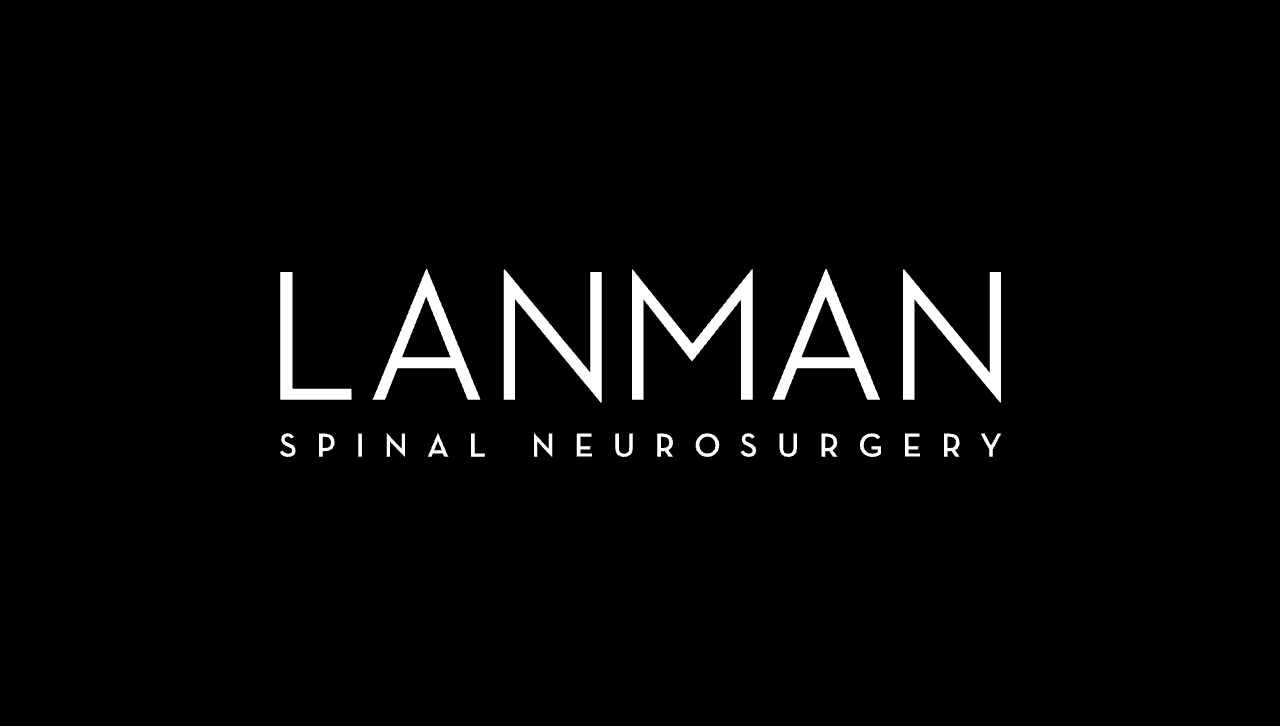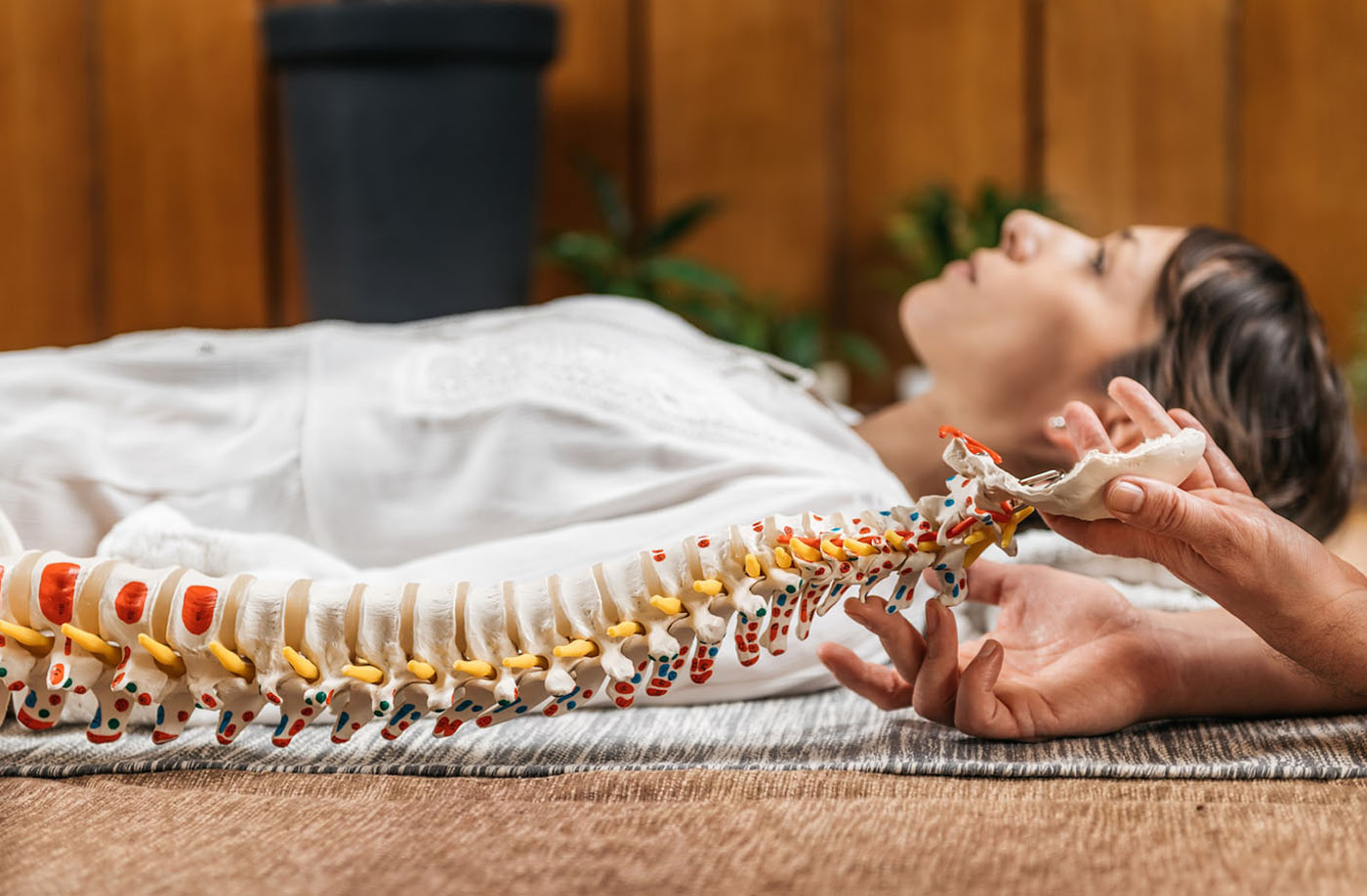Reflecting on experiences that I share with all my patients, as a patient.
It surprises some of my patients when they learn that I am a spine surgery patient, just like them. Most are relieved, knowing that I’ve been through many of the same experiences that I prescribe for them – from preop to post to recovery. But the most dramatic part of this narrative comes from my personal knowledge on the differences between artificial disc replacement and fusion surgery.
Part of this journey begins with my years as a competitive swimmer; young, active, and eager to push the limits. Little did I know that with every lap around the pool and every competition, I was wearing out my spinal discs to the point where some would eventually collapse. It wouldn’t be until my early 40s that I developed severe chronic pain in the lumbar (lower) area of my spine.
Like many of my patients, I faced the apprehension of knowing something was wrong with my body. Unlike my patients, however, I had full knowledge about the source of my chronic pain.
As a spinal neurosurgeon practicing in Beverly Hills, CA and an attending surgeon at Cedar Sinai Medical Center in Los Angeles, I also had resources that most patients do not have. I ordered my own MRI and CAT scans and quickly discovered that I had a total collapse of three discs in the upper lumbar region. But like any patient, I considered a treatment plan, underwent the procedure; three-level artificial disc replacement; and set about the very personal work for my full recovery.
At the time that I had my surgery, I was thoroughly involved with clinical research on the surgical application of artificial disc technology. My colleagues and I had completed several successful clinical trials for artificial disc replacement which helped gain FDA approval for specific applications. My three-level procedure was pushing the limit of our studies, but it was well within what I considered an acceptable range of risk.
Today, I perform multi-level ADR procedures on many of my patients with a higher quality of patient outcome than any of the previous treatment strategies that are available. That makes me, and many of my current patients, share a great sigh of relief that we have the choice of artificial disc replacement. I could not imagine what my life would be like now if I had to undergo a three-level lumbar fusion. With that many fusions all at once, much of my natural flexibility would be gone. Most likely, I’d have to give up on the active life that I currently enjoy. With such limited range of movement, I might have also been forced to limit or quit my surgical practice.
And here too, I have first-hand experience.
Only fifteen years before my lumbar discs were causing trouble, I had problems in my cervical (neck) area where I found a herniated disc. I had microdiscectomy surgery to relieve the nerve pressure, but I re-herniated three months later which triggered severe nerve pain in my neck and extremities. At that time the artificial disc was not FDA approved for any surgery in the U.S., so my only choice was to undergo cervical fusion of level 6-7.
These experiences – of having both fusion and artificial disc replacement surgery performed on my body – has taught me very clear lessons about my responsibility as a medical practitioner. For one thing, I never marginalize a patient’s value for full natural flexibility of their spine. The fact that the words “Movement is Life” is associated with my practice is no accident.
Being a patient means that when you seek care from practitioner, you expect to “get better.” Moreover, when options like artificial disc replacement are closed to you, you assume the surgeon has a better plan. Imagine the frustration then, after spinal fusion, all you experience is stiffness, limited movement, and the feeling that there is a lack of progression toward a full recovery. Worse yet, after a few years, you have new problems and possible resurgery.
Most patients do not have the benefit of knowledge and resources as I have. But where I would be a patient and only a patient, I see the source of great frustration. Thanks to my first-hand experience, I believe that there should not be limits to what the medical arts can offer patients. Artificial disc replacement has long ceased to be “experimental.” It is clearly the superior treatment strategy for most people who suffer from degenerative disc disease and other systemic problems that cause severe chronic back and neck pain.
My journey as both doctor and patient has propelled me to treat my patients in the same way that I wanted to be treated. Preserving motion, mobility, and function is not just a goal – it’s my duty. My job is to optimize my patient’s health and get them back to the life they want to live – not to be a barrier that prevents them from being greater than better.
###








